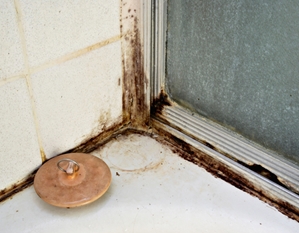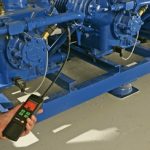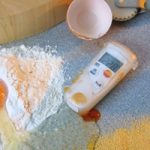To some, HVAC units probably only do two things: warm the air in winter, and cool it in summer. However, experts will know that there is a whole other dimension to keeping the atmosphere within a structure safe and comfortable for the people who work in it.
The quality of a building’s air depends on more than just temperature or humidity, and while many of these problems can be eliminated during the construction process, a correctly-functioning HVAC system is necessary to ensure they don’t return. These systems should be measured regularly with refrigeration gauges to keep them running in optimal condition.
What affects indoor air quality?
Indoor air quality often refers to the amount of contaminants present in a building’s atmosphere. This includes a range of gases, with carbon dixoide and ozone being two of the most common. While these may be harmless in small quantities, if they are allowed to build up or stagnate due to poor ventilation or a lack of air movement, they can cause irritation.
There are other indicators of poor indoor air quality that reflect the nature of the building’s health. If there is a prevalence of dust mites, strange odours or microbial contaminants – such as fungi and mould – then your structure is not healthy and the air is likely to be uncomfortable for people to reside in.
What happens if it isn’t monitored?
There are a number of illnesses that result from contaminated indoor air. Some of the more minor effects include irritated eyes, nose or skin as well as an increased likelihood of coughing, sneezing, dizziness and nausea.
On the more extreme scale, people who spend an inordinate amount of time in these structures are at risk of developing long-term illnesses. These include Sick Building Syndrome, where the above symptoms manifest in an individual as a direct result of time spent in a building with poor air quality, resulting in serious illness.









 Reduce cooking oil costs while ensuring quality
Reduce cooking oil costs while ensuring quality Expert knowledge on CO2 monitoring
Expert knowledge on CO2 monitoring Refrigeration knowledge - in 3 modules
Refrigeration knowledge - in 3 modules



